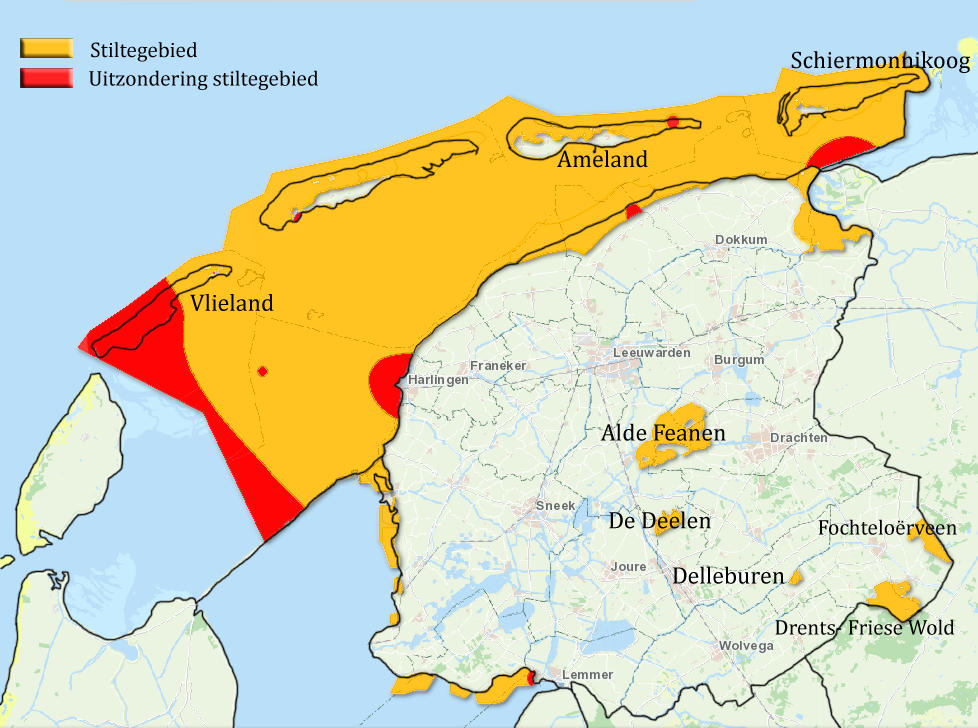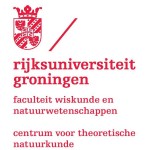Silence monitored in Frisia
The Netherlands is so dense populated that nature reserves protected from anthropogenic sound are established. Flora and fauna, but certainly also humans will benefit from these areas where natural sounds dominate. These no-noise areas are defined and controlled by the provinces. That is way Frisia, one of the twelve provinces of the Nederland’s, owns a number of these for noise protected areas. Next to selecting those protected areas, it is important to know how much of the surrounding anthropogenic sound sources penetrate those areas. That is why they asked me to sample in a number of their nature reserves.
What I did was measuring the sound levels at different locations in these anti-noise reserves in the summer of 2012. Although this is a measure of how much noise can be found in such an area, it is not conclusive on its own. There is of course no absolute silence due to natural occurring sounds like birds or breakers on the beach. That is why the duration and type of unnatural sounds was registered too.

In total eight different nature reserves have been visited. Under these reserves belong the forest rich Drents-Friese Wold, the watery Alde Feanen and three of the islands in the Wadden Sea. Large differents are observed. Meanly due to recreational boating in the Alde Feanen 92% of the time anthropogenic sound sources were observed. On the Islands in the Wadden Sea this was on average only 40%. When looking at the average sound levels, the Drents-Friese Wold is the loudest with almost 50 dB(A). In contrast on the Island of Schiermonnikoog the average sound level was only 36 dB(A).
Although it was a time consuming case, it was great fun to explore the most beautiful places of Frisia on my field trips. I learned a lot about observing different sounds and which influencing factors should be taken into account.
Peter Laagland







